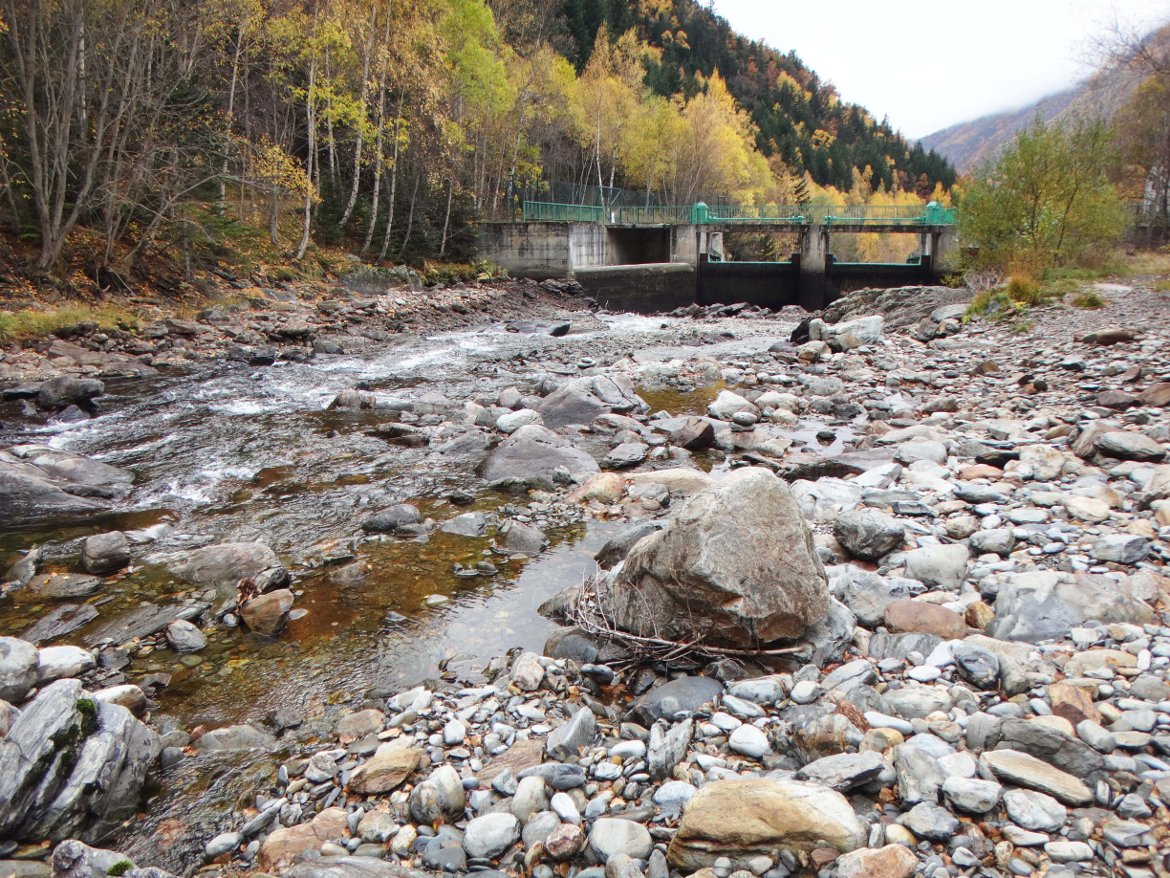Marked by the snow
The hydrologic regime is determined by the snow. Therefore, the discharge of the water courses varies enormously depending on the season. It is at its maximum in spring when the thaw can cause sudden surges.
The waters are not very mineralised and are often acid and cold with daily average temperatures oscillating from below zero to 16 degrees depending on the time of year.
The tree line
We can distinguish two sections: above the tree line, with fast-flowing, very diluted water, and below the tree line, that transports more organic material and has greater biodiversity.
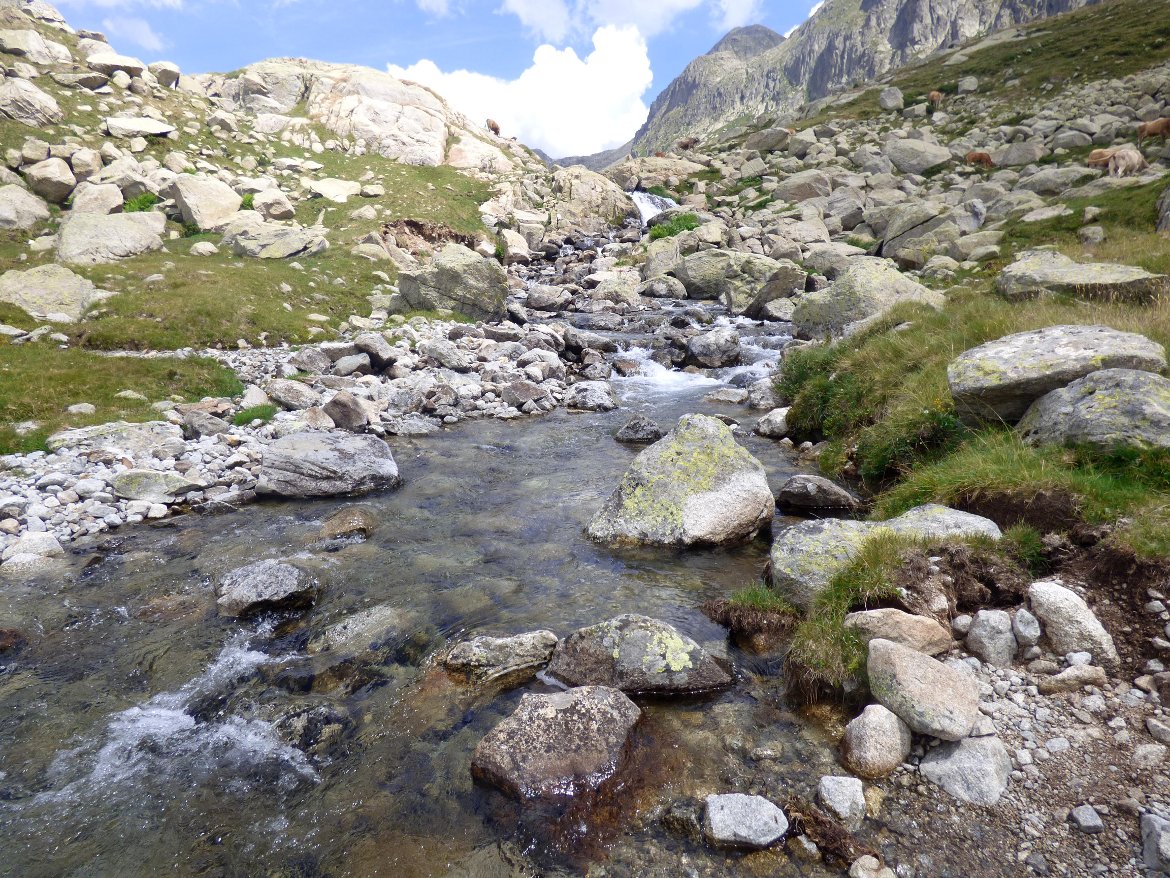
Section of river above the tree line.
The algae that grow on the riverbed are the start of the food chain
Section of river below the tree line. At the bottom of the food chain the leaves from the trees are as important, or even more important, than the algae that grow on the riverbed. This means that here there is a greater diversity of organisms than in the sections of river above the tree line.
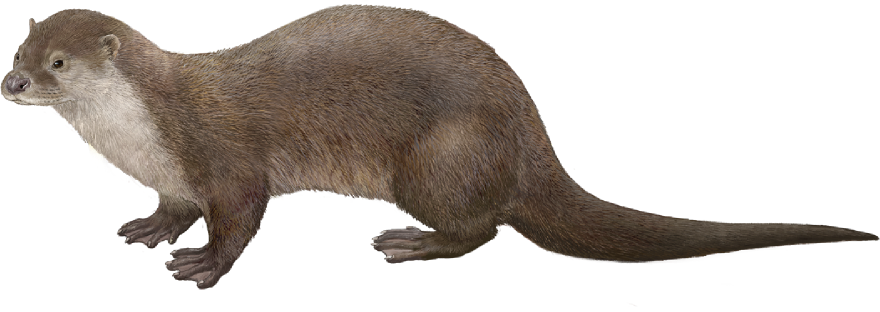
The otter is the greatest predator in clean, well-oxygenated aquatic environments like those found in the high-mountain landscapes. They feed on fish as well as birds, amphibians, insects, crustaceans and even small mammals.
At the beginning of summer otters go up to the mountain lakes to feed off the amphibians there.
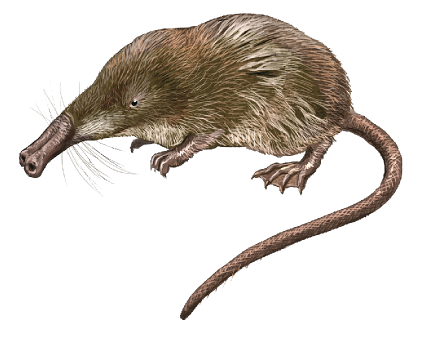
The Pyrenean desman is a species that is well-adapted to aquatic life. It is an ancient species and has a characteristic trunk, which is very sensitive and helps locate the small prey upon which they feed, such as aquatic invertebrates. It is endemic to the north-west of the Iberian Peninsula and the Pyrenees.

The common trout is the most typical native species of the Pyrenean rivers. It swims upstream until it finds the waterfalls created by the glacial erosion, which made barriers that prevented natural colonisation in the highest sections of the rivers and lakes. It feeds on aquatic invertebrates.
Who is eaten by who
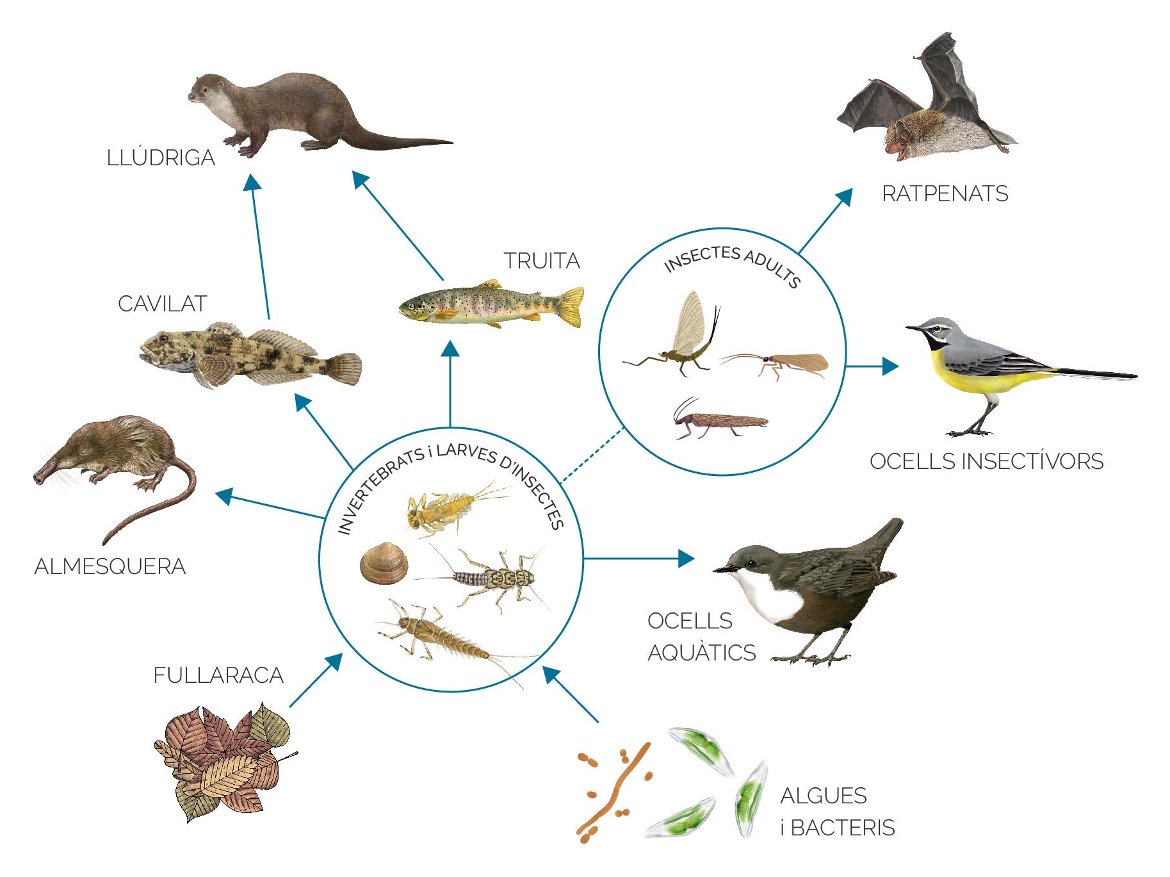
Conservation risks
Some of the main threats for river-dwelling species are:
- Water pollution.
- Habitat fragmentation due to the construction of dams.
- The introduction of exotic species, which has increased with globalisation.
- The rise in the global temperature, which could bring about the disappearance of species that are adapted to live in very cold water.
